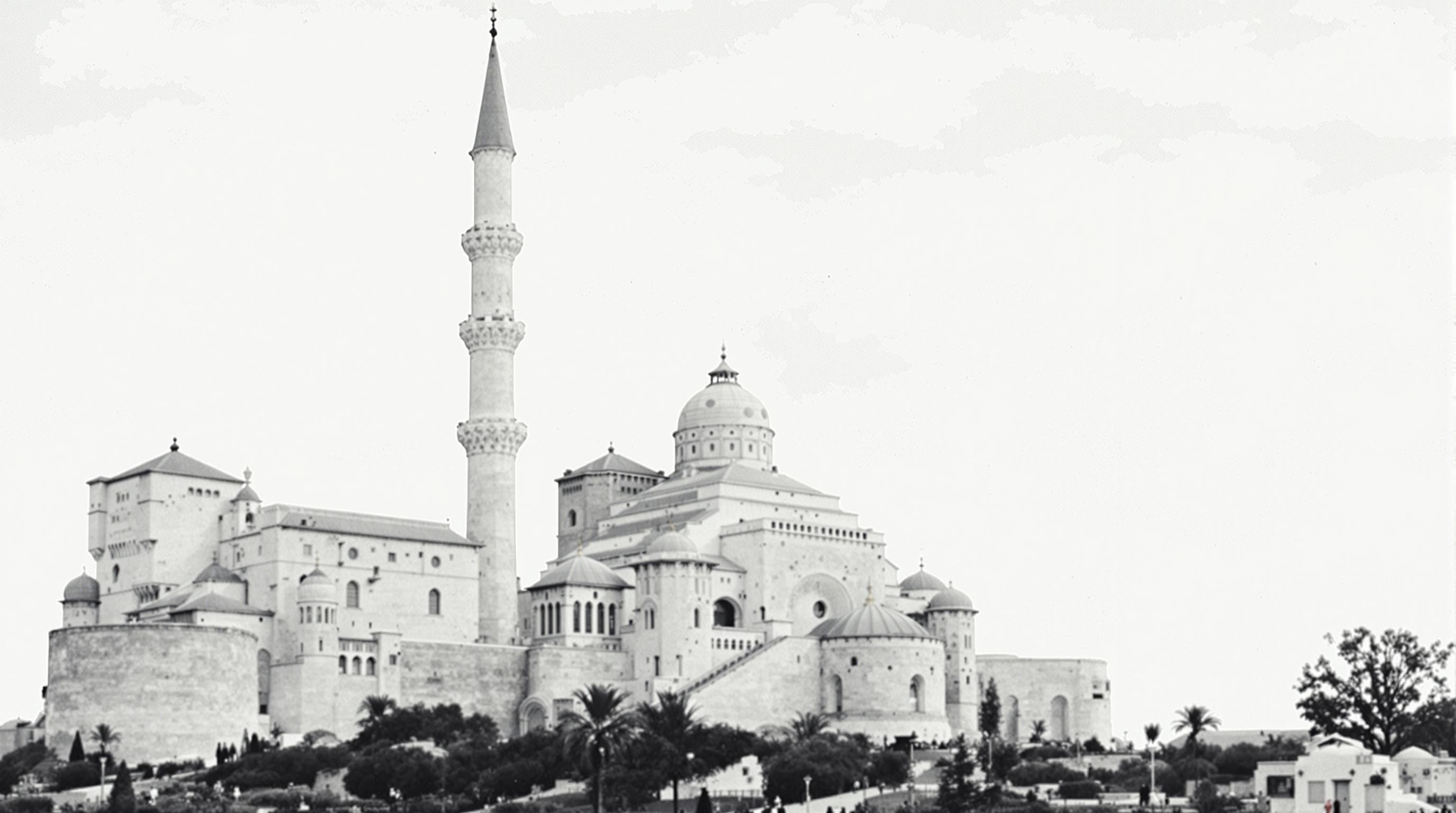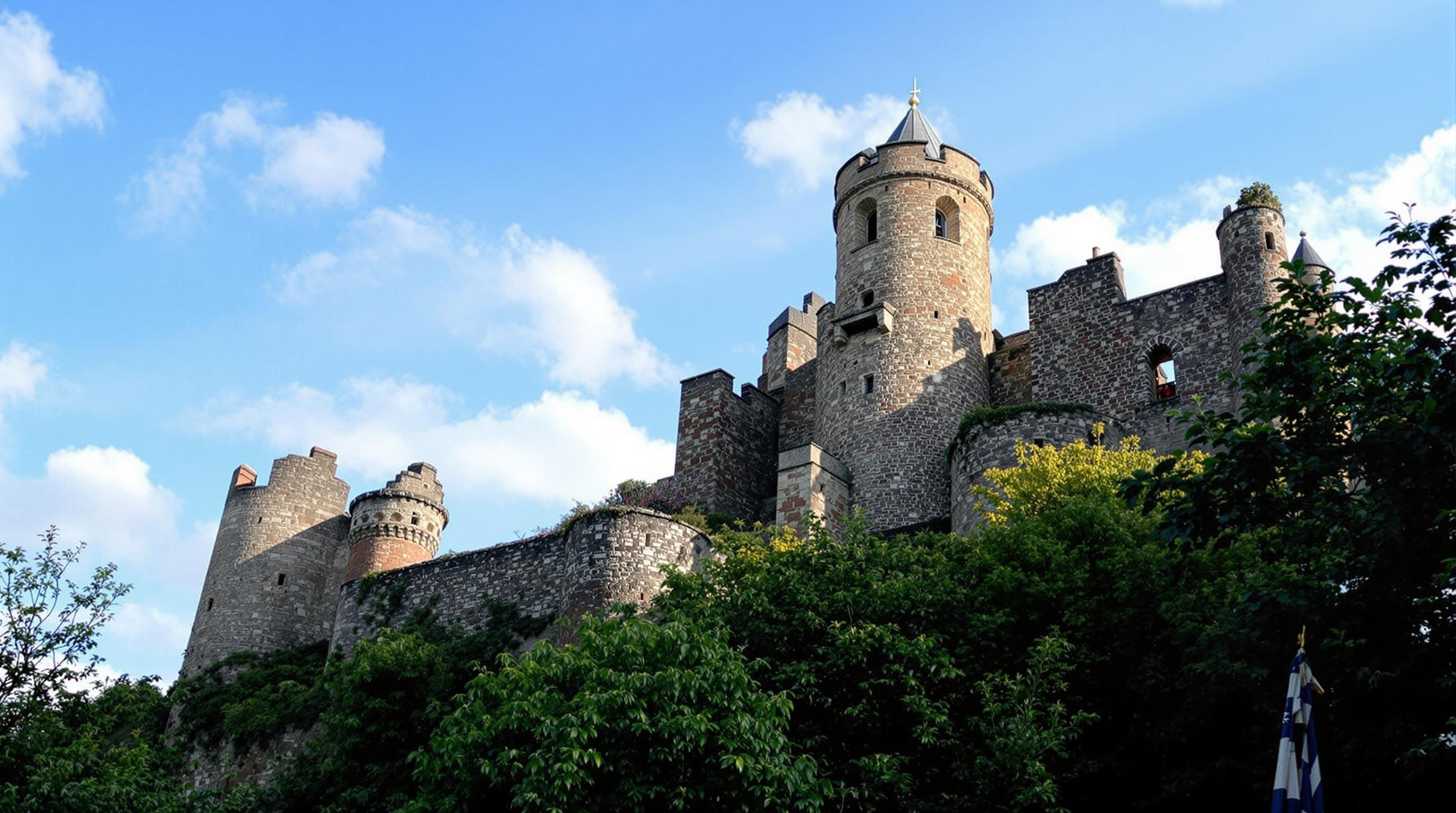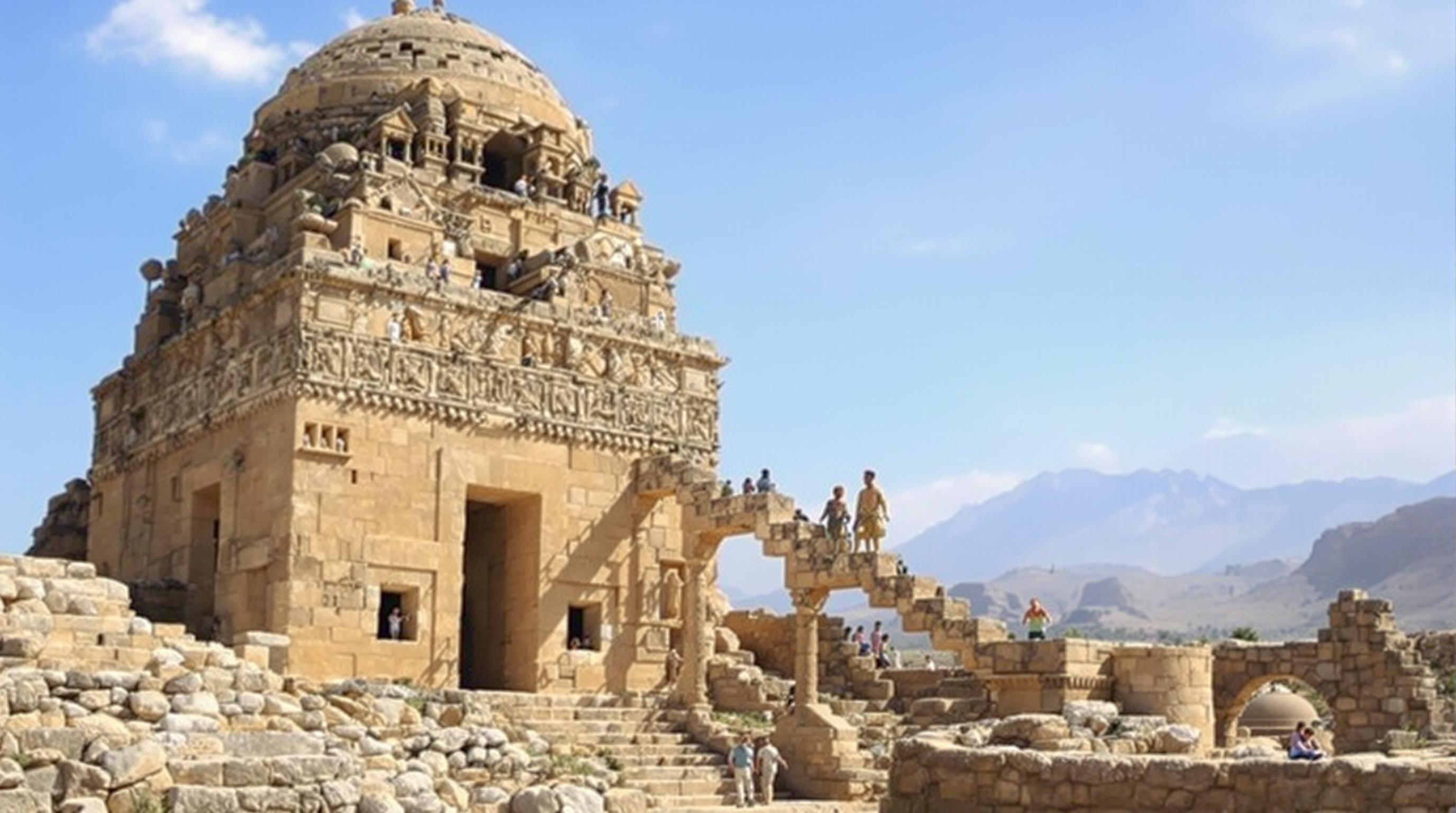Related Articles
- Navigating Ethical Travel: The Role of Arts and Crafts in Supporting Local Economies and Cultures
- Rediscovering Ancestral Routes: How Ancient Trails Offer Insights into Sustainable Travel Practices
- The Ethical Dilemma of Luxury Travel: Splurging or Supporting Sustainable Development?
- Navigating Ethical Dilemmas: The Quest for Authenticity in Local Food Experiences While Traveling
- Beyond the Facade: Exploring the Subsurface Infrastructure of Iconic Historical Structures
- Curiosities Unearthed: The Surprising Connections Between Historic Sites and Modern Art Movements
7 Historic Landmarks with Untold Military Secrets That Changed the Course of Nations and Shaped Our World
7 Historic Landmarks with Untold Military Secrets That Changed the Course of Nations and Shaped Our World
7 Historic Landmarks with Untold Military Secrets That Changed the Course of Nations and Shaped Our World
1. The Great Wall of China
The Great Wall of China, constructed over several dynasties, served as a formidable military defense system against invasions. Stretching over 13,000 miles, it showcases the determination of the Chinese people to protect their sovereignty. Yet, beyond its imposing structure, it conceals many secrets about ancient military strategies and troop movements.
Recent archaeological research suggests that sections of the Wall were equipped with watchtowers, allowing for extensive communication and coordination between troops stationed along its length. These strategic points were essential for sending signals regarding enemy movements, reflecting how ancient civilizations organized their military defenses.
Moreover, the actual construction of the Wall involved a significant mobilization of resources and manpower, showcasing the political power and military necessity that drove its development. The Great Wall is not just an architectural wonder, but a symbol of resilience and adaptability in the face of conflict.
2. Gettysburg National Military Park
Gettysburg National Military Park is the site of one of the most significant battles during the American Civil War. The three-day battle in July 1863 resulted in a staggering number of casualties and marked a turning point in the war. The strategies employed here, however, are often overshadowed by the tales of heroism and sacrifice.
Hidden in the terrain and the movements of the troops are lessons in military tactics that are still studied at military academies worldwide. For instance, the use of high ground to gain tactical superiority demonstrated the importance of terrain in warfare. Learning how generals like George Meade and Robert E. Lee maneuvered their forces provides insight into the art of war.
Moreover, subsequently preserved sites have changed the narrative of the battle, revealing lesser-known stories of the soldiers and their leadership. The park serves as both a memorial and a living classroom for the military history that altered the course of a nation.
3. Fort Sumter
Fort Sumter in South Carolina holds a pivotal place in American history as the location where the first shots of the Civil War were fired. This fortified island post was crucial to the Charleston Harbor defense and served as a symbol of the Confederacy's resolve.
Little known is the intelligence and espionage operations that took place in and around the fort before the outbreak of the war. Military historians have uncovered accounts of spies who gathered critical information that influenced the early days of the conflict. Such clandestine activities underscore the role of information warfare in shaping military outcomes.
Furthermore, the fort’s strategic design reflected contemporary military architecture influenced by previous conflicts. Its evolution offers insight into how evolving technologies and military strategies impacted fortifications across the nation.
4. The Alamo
The Alamo in Texas stands as an enduring symbol of resistance and sacrifice in the context of U.S. history. The 1836 battle between Texan revolutionaries and Mexican forces epitomizes the struggle for independence and the complex interplay of military tactics and local loyalties.
However, the story of the Alamo is also significant due to the elements of surprise and unconventional warfare tactics employed by both sides. The bravery shown by the defenders and the subsequent victory of the Texan forces highlighted the importance of morale in military engagements.
Additionally, the aftermath of the battle influenced public sentiment and recruitment for the Texan cause, showcasing how victories and losses can shape national identity. The lessons learned from the siege are relevant to discussions about military strategy and wartime leadership.
5. Normandy Beaches
The Normandy Beaches, the site of the D-Day landings during World War II, were pivotal in the liberation of Europe from Nazi occupation. The elaborate planning and execution of the landings on June 6, 1944, demonstrate the complexity of military operations and the coordination required between multiple nations.
What remains less discussed are the untold stories of deception and intelligence efforts that preceded the invasion. The successful Operation Fortitude misled German forces about the true landing site, illustrating the critical role of misinformation in wartime strategy.
Even today, exploration of the beaches and the surrounding areas reveals remnants of equipment and fortifications that tell tales of bravery and careful planning that changed the course of history. These landmarks serve as a testament to the sacrifices made and the strategic innovations that helped secure an Allied victory.
6. Masada
Masada, the ancient fortress in Israel, is renowned for the dramatic stand of Jewish rebels against Roman troops in 73 AD. This location, overlooking the Dead Sea, represents not only the physical defense but also the psychological warfare that unfolded during the prolonged siege.
Recent excavations have revealed sophisticated water systems and strategic defenses employed by the rebels, shedding light on how ancient military leaders prepared for extended confrontations. The ingenuity displayed in Masada's construction and defense demonstrates the enduring human spirit in the face of insurmountable odds.
The ultimate fate of the defenders continues to provoke discussions about sacrifice and the moral dilemmas of warfare—questions that remain relevant throughout military history. Masada symbolizes how the outcomes of battles can shape the collective memory and identity of a people.
7. The Berlin Wall
The Berlin Wall, erected in 1961, was not just a physical barrier between East and West Germany; it was a manifestation of the Cold War tensions that divided nations and ideologies. The Wall's construction symbolized the ideological struggles of the time and has numerous military implications that remain significant today.
Beyond its political overtures, the Wall was a strategic military installation designed to prevent defections and maintain communist control, reflecting the social and military dynamics of the era. The fortified checkpoints and watchtowers reveal how urban planning intersected with military strategy in the Cold War context.
The eventual fall of the Berlin Wall in 1989 was a turning point that reshaped global geopolitical landscapes, illustrating how physical barriers can be dismantled as ideologies shift. In retrospect, the Wall serves as a reminder of how military decisions can influence the course of not just nations, but humanity as a whole.




